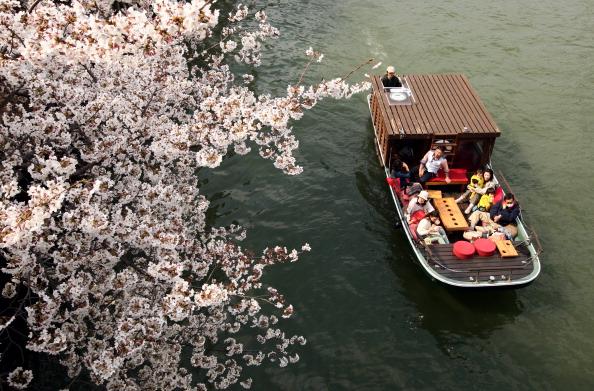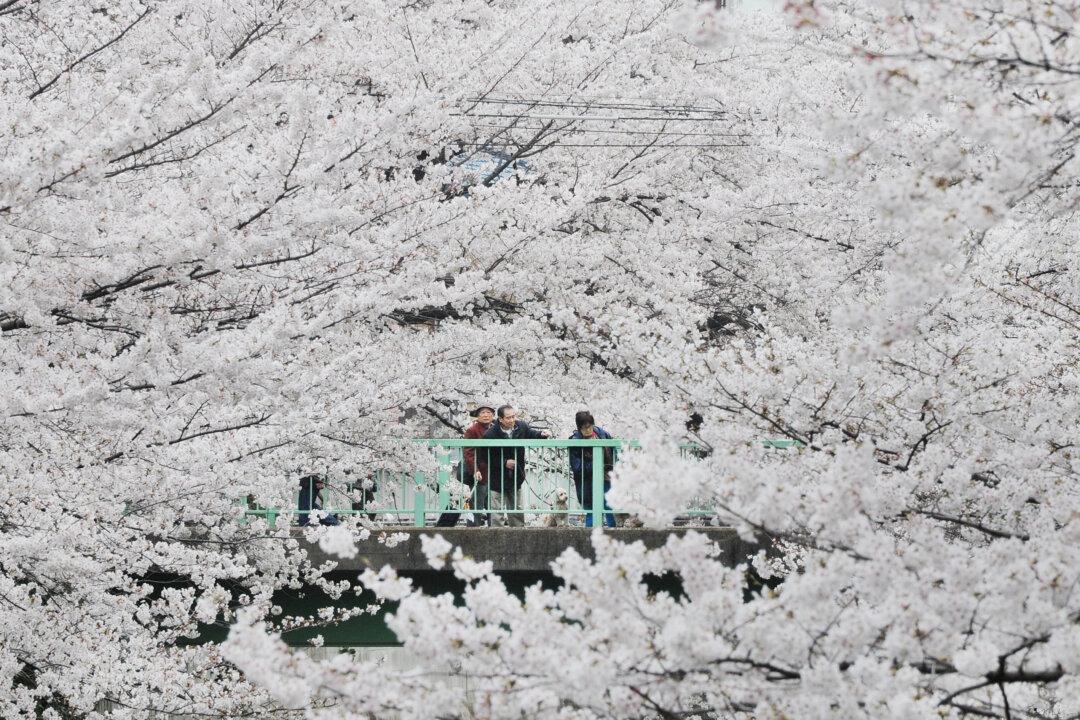Every spring, the parks, riverbanks, and mountainsides of Japan blush pink with cherry blossoms—sakura, the heralds of the season, and perhaps the nation’s most celebrated flora. They bloom brilliant and beautiful, but fleeting—just a few days later, their petals carpet the ground.

The riverbanks of Japan blush pink with cherry blossoms in the spring. Buddhika Weerasinghe/Getty Images






